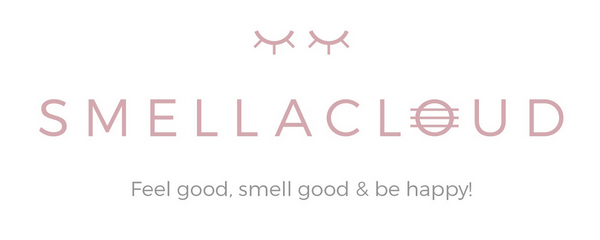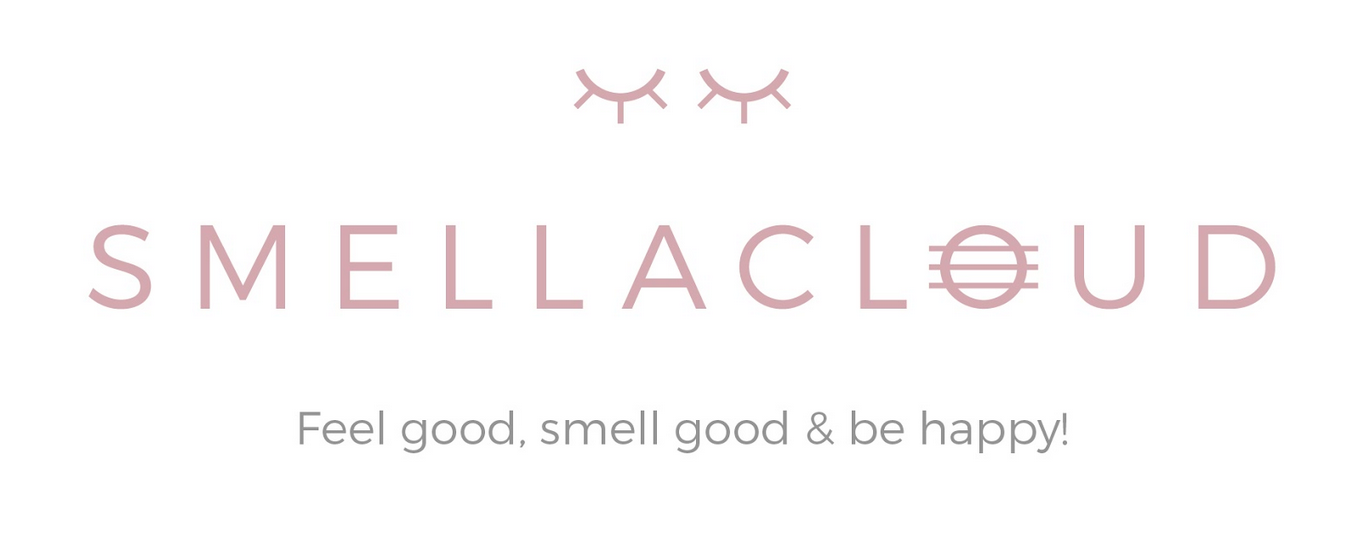How to Make Your Own Soap with Essential Oils

Soap making is a superb way to acquire a practical and meaningful skill or even as a means to create gifts for your loved ones. You can allow your creativity to run wild by cultivating and understanding the mechanisms behind soap making.
Making your own soap is an easy and seamless procedure that can be done even in the comfort of your home. What makes it more fun and soothing is the use of essential oils to spice up the scent and likewise effects.
Though creating your own soap from scratch can appear to be a seemingly tedious work, following recipes and basic tips on how to make them with essential oils makes it easier.
Making basic soap from scratch involves using lye and the ingredients in oils; this causes a chemical reaction known as saponification. Understanding this process is the key to gaining a very important knowledge in the art of soap making.
Why Homemade Soap?
Your skin is the largest organ in the body and has to be the most significant one at that, take care of it! Although making homemade essential oil soap is not a walk in the park, it is definitely worth it and great for your skin.
The use of natural soaps keeps your body feeling fresh and healthy as compared to soaps made with chemical materials. Embarking on the process or art of making homemade soaps with essential oils is one of the numerous forms of self-care. So begin this journey now, and you won’t regret it!
Methods of Making Soap
There are basically four ways to make soap; hot process, melt and pour, rebatching, and cold process. It is important that you get acquitted with these methods of making soap before engaging in the main art. Some processes tend to be easier and more effective than some; ensure you learn about them and know that which suits you best.
To begin with, the melt and pour method is not a means of making soap from scratch; however, already made soaps are melted then moulded leaving no room for touching lye.
The hot and cold methods are both used to make soaps from scratch; the cold process tends to be longer than the hot process in creating soaps while the hot process usually creates a rustic version soap. It is important to note that both processes deal with lye during production. Lastly, rebatching is the process of remaking a damaged batch of your homemade soap; this process helps in saving the active ingredients. The rebatching method is however more time-consuming and labour-intensive.
Recipes for Soap Making with Essential Oils
Woody and Earthy Blend
This particular recipe is beginner friendly seeing the fact that it is also made using the cold process method. To make this soap, formulate a base using coconut, sesame, oil, canola, shea butter, castor, and kokum butter. Blend this base with essential oils like lime, cedarwood, and vetiver essential oils. This combination produces a smokey and well-marbled soap with an earthy, masculine, and woody scent. This cent is also present in lots of well-recognized men's colognes. You can make a batch of this soap and gift to the men you know.
Exfoliating Loofah Soap
Who disregarded the fact that you can be super creative using a melt and pour process or base. Loofah soap is one of the easiest soaps to make using this method. Begin by melting the base, then adding the extras and finish up by cutting the loofahs in any colour of your choice so as to fit properly in the mould. Proceed by pouring your soap on the loofah then add your rose essential oil and a tiny portion of rose mica to the base.
Relaxing Spa Day Soap
This lavender soap is the bomb! What is more relaxing and refreshing for an infamous spa than a lavender homemade soap? This soap is best when it comes to instant relief from stress. Start out by adding your lavender, orange, and patchouli essential oil mixed with buds from a lavender flower to create a complex and effective blend. It might be a bit challenging to get fresh buds of lavender for this soap but nevertheless, it is worth it when used.
Skin Nourishing Soap
This recipe is honestly a must-have in every household. With the pairing of quality butters for its formulation, this soap is super nourishing for your skin. Shea butter and cocoa butter mixed with a bit of lavender and lime essential oil makes this homemade soap one of the best.
Tea Time Soap
Once made, this soap would make you feel like you entered a spa. Lemongrass essential oil mixed with green tea makes this soap the international sensation it is. It can be easily made with ingredients found in your yard and kitchen. You can also include eucalyptus into the mix to create a very fresh and soothing scent.
Unexpected Ingredients Homemade Soap
Most soap recipes usually have common and well-known ingredients such as honey, oils, and milks. However, this particular soap, though using essential oils, makes use of other spectacular ingredients like coffee beans and nuts. With the mixture of coffee grounds and lemon essential oil, you would create an amazing soap for use.
Best Essential Oil Blends for Soaps
Selecting the essential oils for your soap is where the fun is. The scent has to signify your personality and choice, which is of course if you plan on making it for your personal usage. Lavender oil is popularly known to be included in every mixture because of its soothing and fresh scent. Some other oils and their functions include:
- Calming: For a calming and soothing effect, mix twenty-five drops of lavender oil wit fifteen drops of Cedarwood essential oil
- Cleansing: Are you in the mood for cleansing using your homemade soap? Add twenty drops of tea tree oil, twelve drops of lemon oil, and eight drops of pine to the mix for this effect.
- Relaxing: Mix twenty drops of frankincense oil with twenty drops of lavender oil and ten drops of ylang ylang oil to create a relaxation essential blend.


